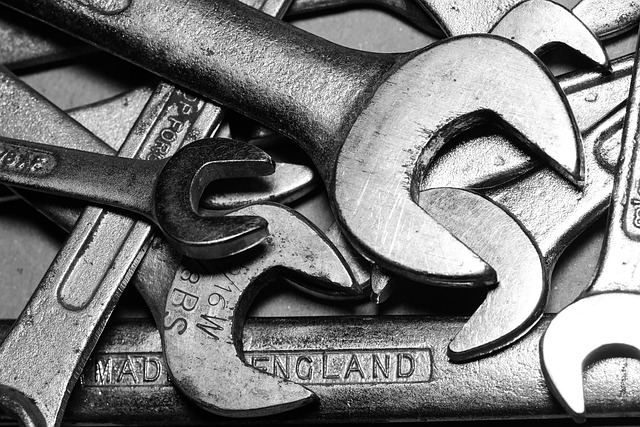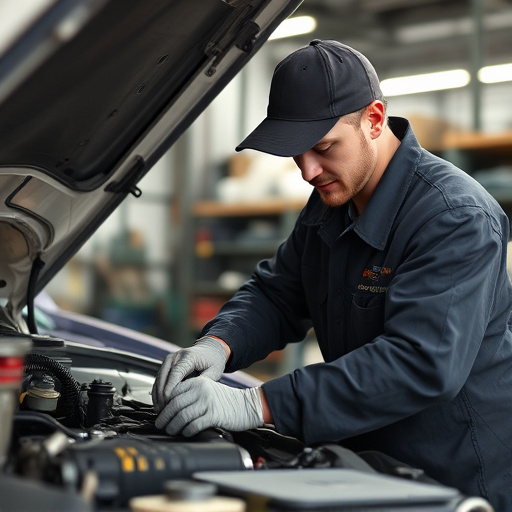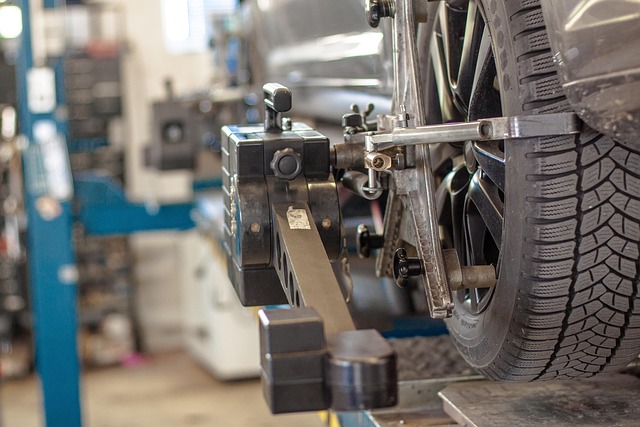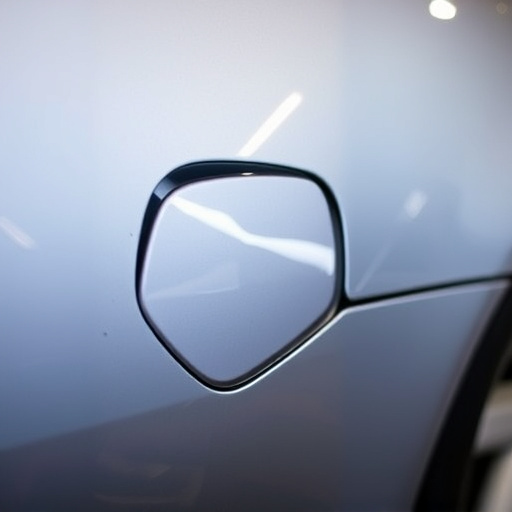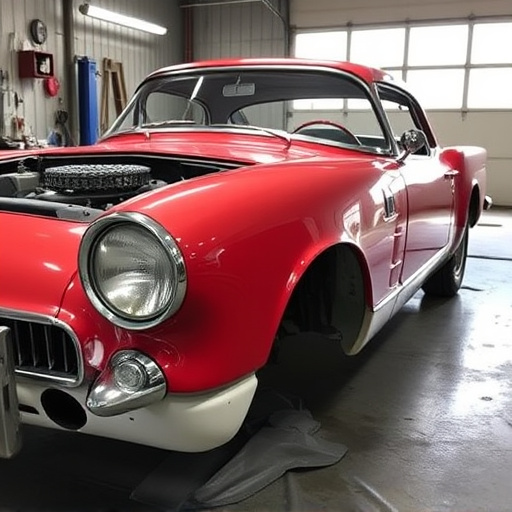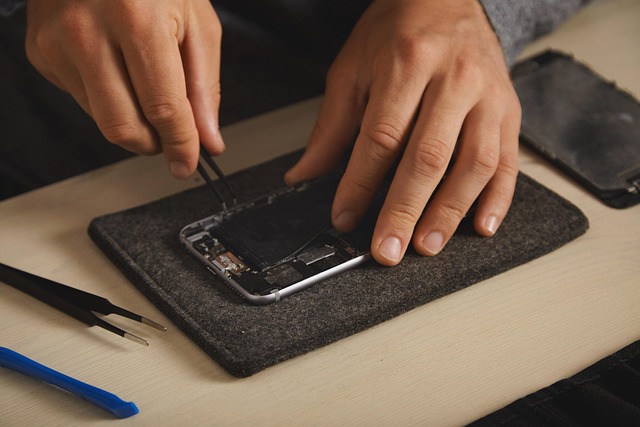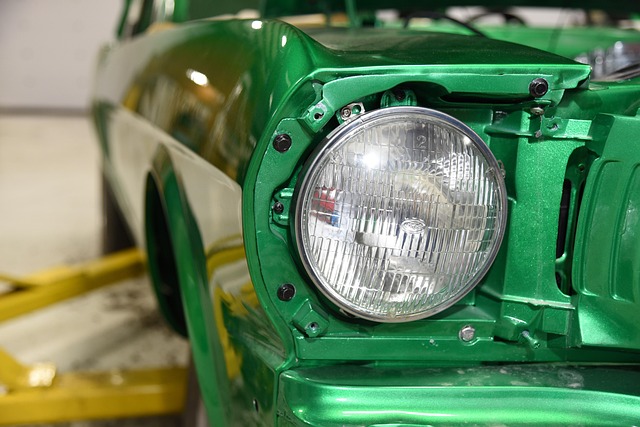Before a repair quality inspection, organize all relevant vehicle history (service records, logs, estimates), perform pre-inspection checks (tire pressure, brake wear, fluid levels, exterior damage), and ensure proper storage (secure parking, wheel chocks, covers) to facilitate accurate assessments and high-quality repairs.
Preparing your vehicle for a repair quality inspection is crucial for ensuring accurate assessments and high-quality repairs. This comprehensive guide outlines three key steps. First, gather all necessary documentation and maintenance records. Next, conduct pre-inspection checks to identify potential issues. Lastly, ensure your vehicle is safely stored during the repair process. Following these steps will facilitate a seamless inspection, foster effective communication with technicians, and ultimately lead to superior repair outcomes.
- Gather Necessary Documentation and Records
- Conduct Pre-Inspection Vehicle Maintenance Checks
- Prepare Your Vehicle for Safe Storage During Repair
Gather Necessary Documentation and Records
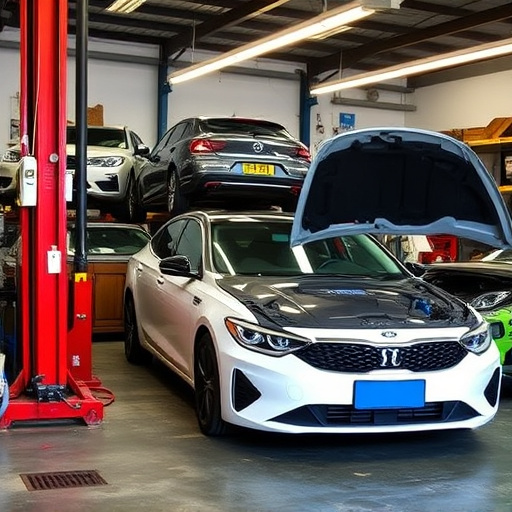
Before scheduling a repair quality inspection, ensure you have all the essential documentation and records of your vehicle’s history. This includes service records, maintenance logs, and any previous estimates or invoices from past repairs, especially if it involved complex procedures such as luxury vehicle repair or car dent removal.
Having these documents ready allows for a smoother process during the inspection. Mechanics will be able to cross-reference their findings with your vehicle’s history, ensuring an accurate assessment of the current state of repair. This is crucial when dealing with potential issues that could arise from a previous vehicle collision repair, as proper documentation helps in identifying and addressing these challenges effectively.
Conduct Pre-Inspection Vehicle Maintenance Checks
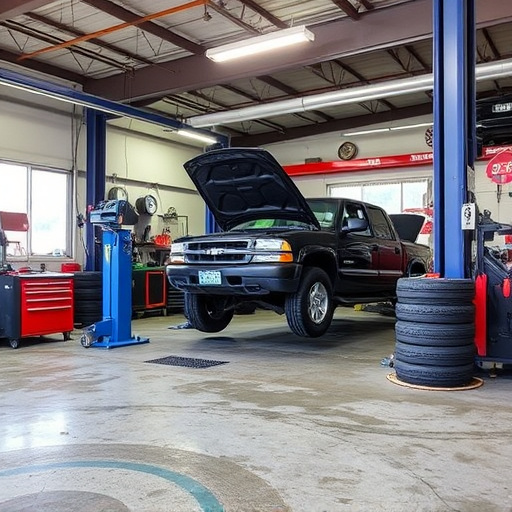
Before taking your vehicle in for a repair quality inspection, conducting thorough pre-inspection maintenance checks is essential. This step involves inspecting critical components that can impact the overall condition and safety of your car. Start with checking the tire pressure and tread depth; ensure they meet the manufacturer’s recommended levels. Also, inspect the brakes for wear and tear, as well as the fluid levels in the engine, transmission, and coolant systems. Don’t overlook the exterior; look for any signs of damage like dents or scratches, which might require attention from a car body shop specializing in auto body repair, especially if they’re impacting structural integrity.
In addition to these checks, verify that all lights are functioning properly, including brake, turn signals, and headlights. Ensure the windows and doors operate smoothly, and check for any leaks in the hood, trunk, or door seals. These pre-inspection rituals will not only help you identify potential issues but also demonstrate your commitment to maintaining a safe and reliable vehicle, which is crucial when aiming for top-quality repairs.
Prepare Your Vehicle for Safe Storage During Repair
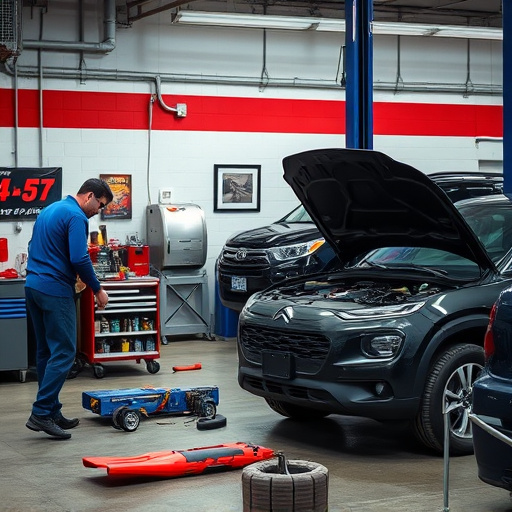
Before your vehicle is ready for a thorough repair quality inspection, ensuring it’s safely stored is crucial. Begin by parking your car in a secure, level area away from heavy traffic or other potential hazards. Engage the parking brake and remove the keys to prevent any accidental movement. If possible, choose a covered space like a garage to protect against harsh weather conditions that could affect both the vehicle’s condition and the accuracy of the inspection.
Consider additional measures for vulnerable areas, such as using wheel chocks for stability and protective covers for exteriors. This is especially important if you’re storing your car for an extended period or awaiting specific auto body services like car dent removal. By taking these precautions, you ensure that your vehicle arrives at the repair shop in the best possible condition, allowing for a more accurate assessment during the repair quality inspection process and ultimately leading to higher-quality auto repair near me.
Preparing your vehicle for a repair quality inspection is crucial for ensuring accurate assessments and efficient repairs. By gathering all necessary documentation, conducting thorough pre-inspection maintenance checks, and properly storing your vehicle during the repair process, you set the stage for a seamless experience. Remember, a well-prepared vehicle not only facilitates smoother inspections but also guarantees that your car receives the quality care it deserves.

